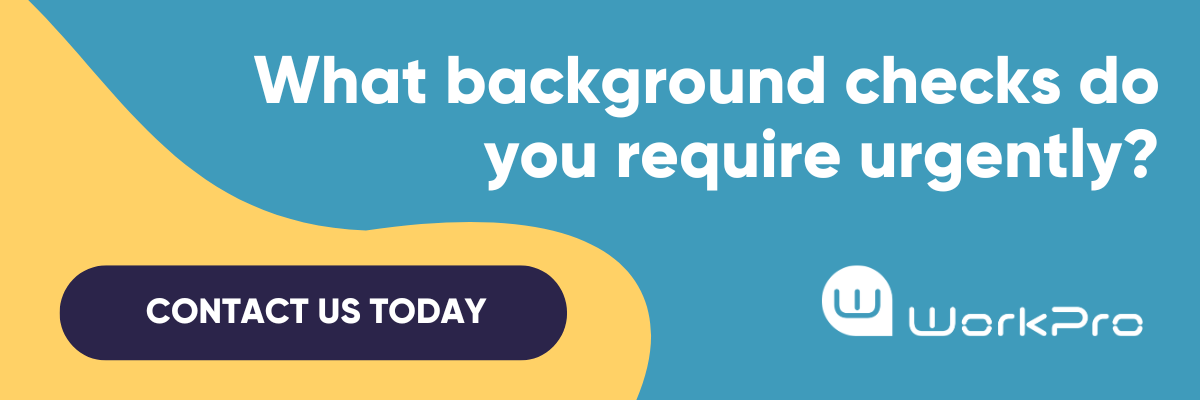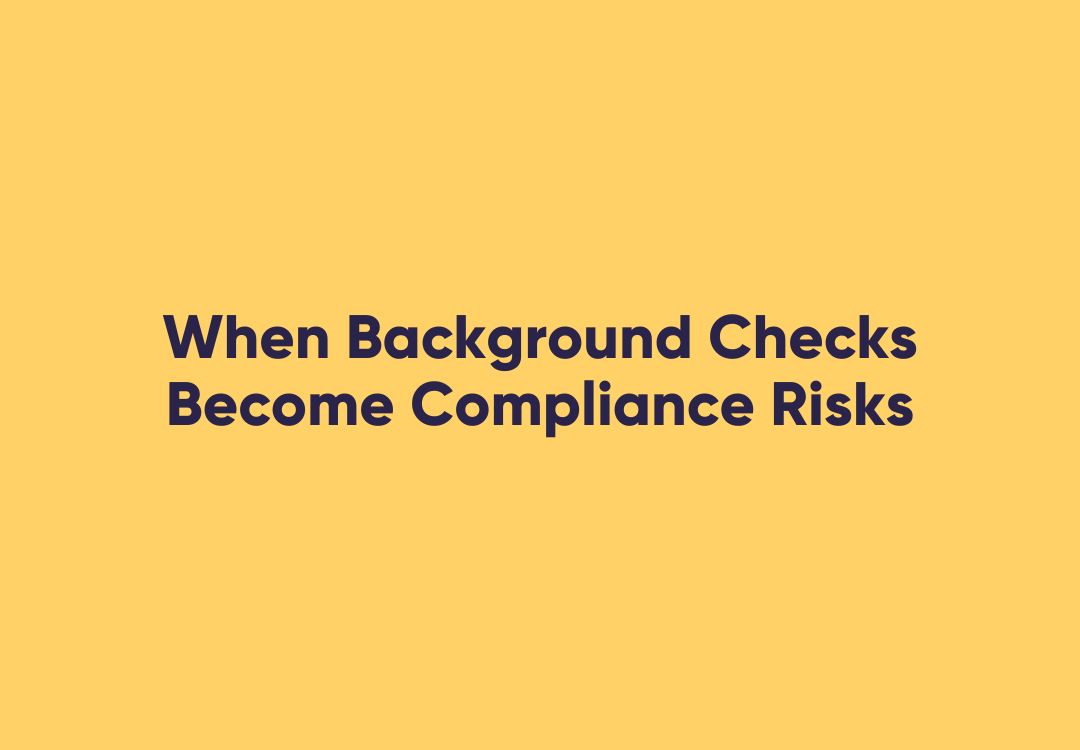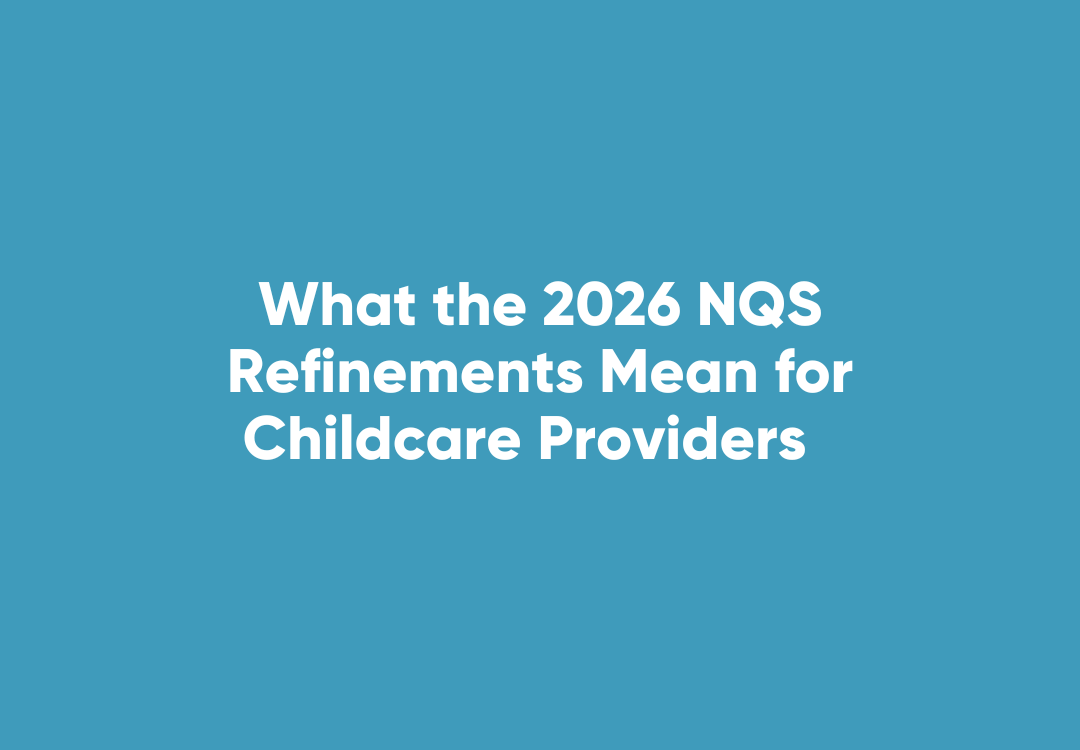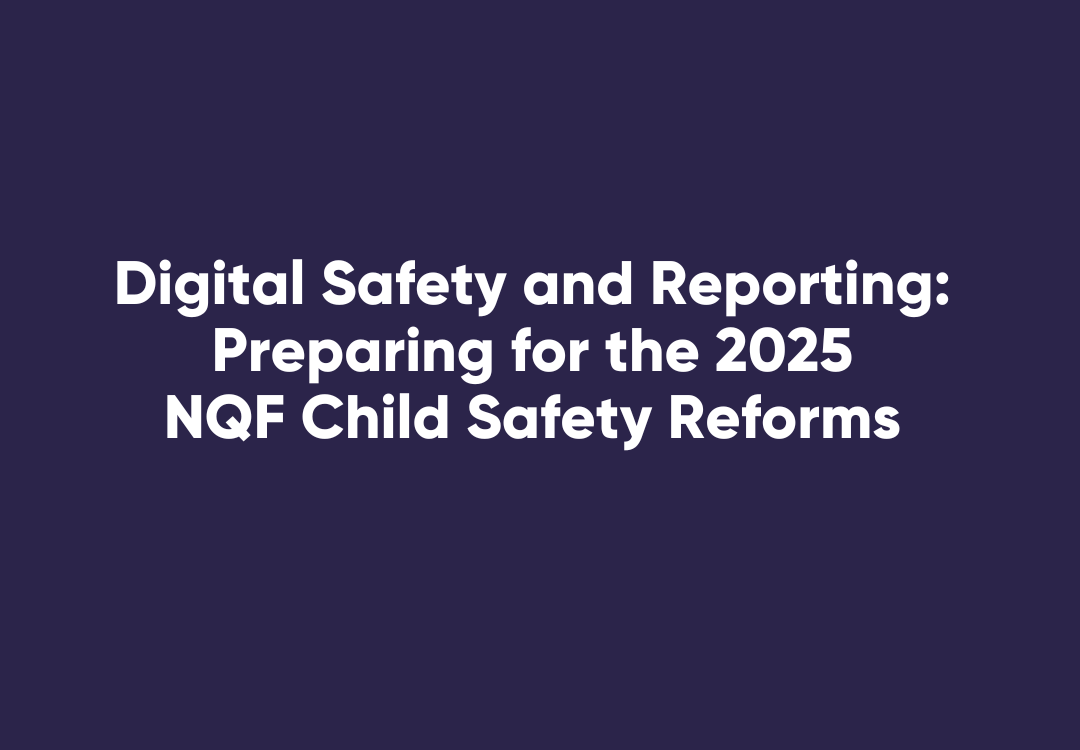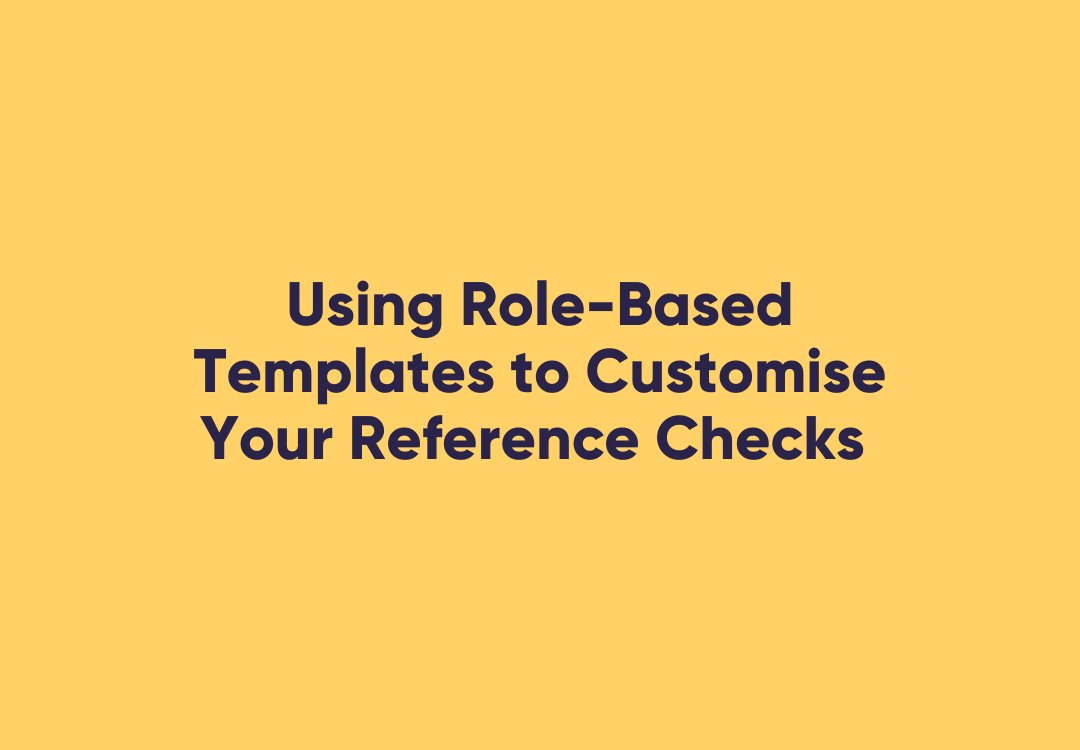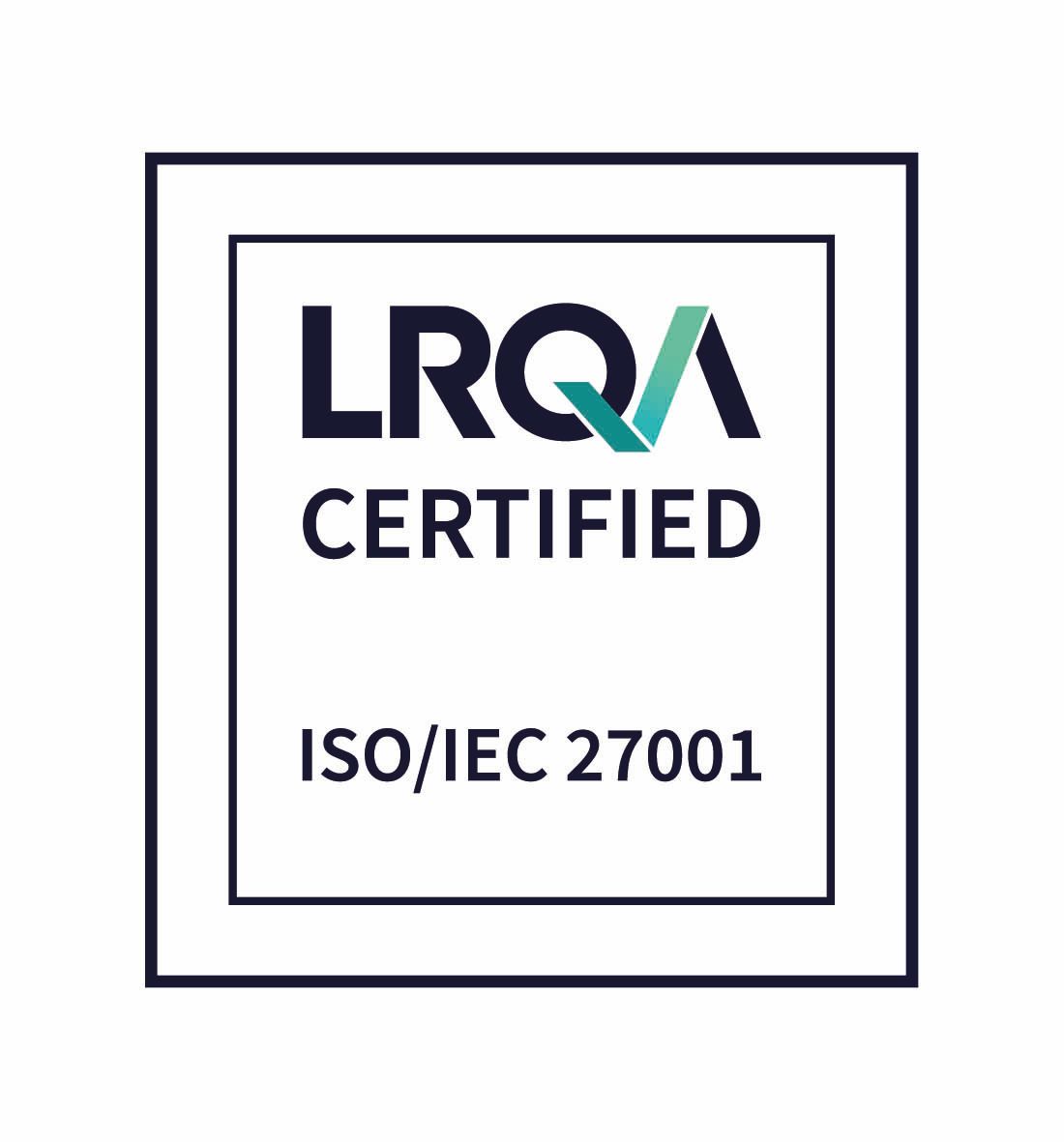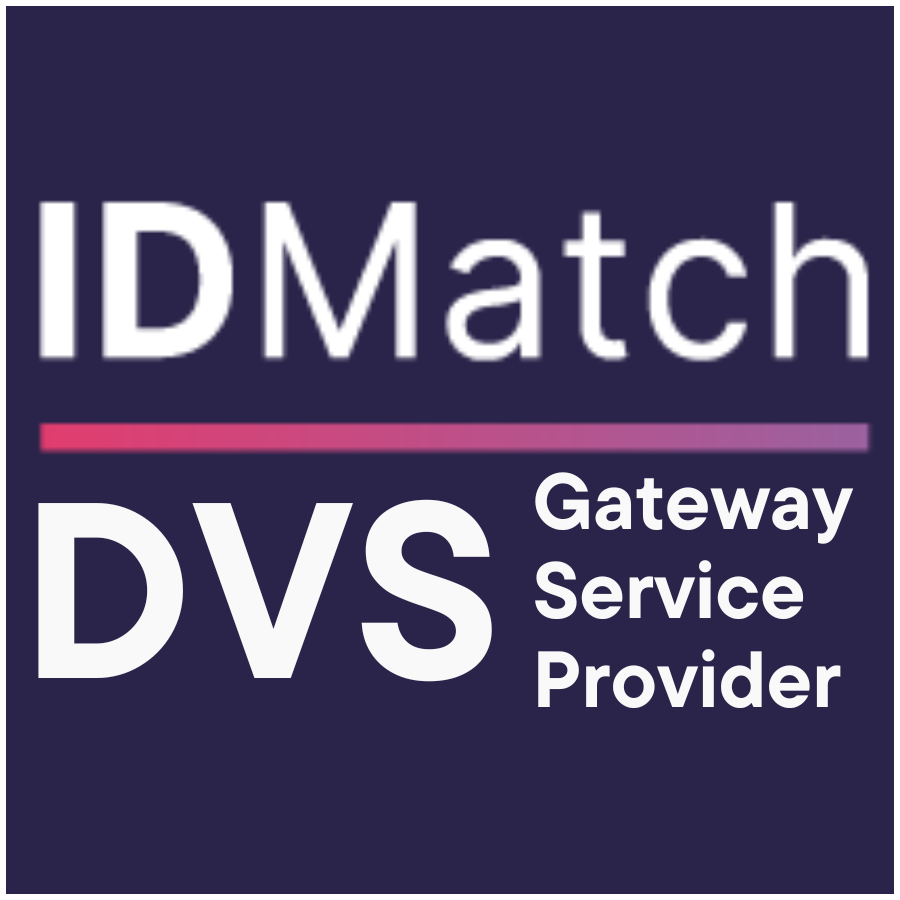WorkPro + Onboard Express: How to Create a Compliance-First Onboarding Process
WorkPro + Onboard Express: How to Create a Compliance-First Onboarding Process
In many HR teams, onboarding starts with contracts and payroll; but what about compliance? Licences, police checks, and right-to-work documents often get handled later (if at all), which creates unnecessary risk and stress just before a new hire’s first day.
With WorkPro’s direct integration into Onboard Express, compliance becomes an essential part of the onboarding process; seamless, automated, and verified before Day 1.
Instead of bolting compliance on at the end, this integration ensures everything from background screening to licence verification happens in parallel with contracts and onboarding paperwork.
What is a compliance-first onboarding process?
A compliance-first onboarding process integrates background checks, right-to-work verification, and licence validation into onboarding workflows, ensuring all legal requirements are met before a new hire starts.
To reduce risk and improve efficiency, this process must be automated and built into HR systems like Onboard Express, where it complements contract management, payroll setup, and new starter tasks.
What Happens When Compliance Isn’t Built In?
Many onboarding workflows cover the basics; contracts, forms, tax file declarations, but leave critical checks like:
- VEVO and right-to-work verification
- Police checks and background screening
- Licence and certification uploads
…to be chased manually, often by email or after the employee has already started. This creates risk.
If a candidate begins work without the proper documentation or clearance, the employer, not the individual, may be held responsible. And in regulated industries like aged care, healthcare, or construction, this risk is amplified.
Now imagine a system where:
- Compliance checks are automatically triggered at onboarding
- HR teams receive alerts about missing or expiring documents
- All screening is completed, verified, and logged before Day 1
That’s what WorkPro + Onboard Express make possible.
Why Integration Is the Key to Compliance Confidence
Disconnected systems and manual follow-ups create blind spots. By embedding compliance software like WorkPro into your onboarding process, HR teams can eliminate bottlenecks and improve employee experience.
Common Challenges Without Integration:
- Chasing candidates for ID or licences
- Manual data entry into tracking spreadsheets
- No alerts for expiring documents
- Incomplete HR data at the time of audit
What WorkPro + Onboard Express Deliver:
✅ Automated screening workflows
✅ Real-time VEVO and right-to-work verification
✅ Licence and document expiry tracking
✅ Alerts for HR and candidates
✅ Audit-ready, centralised HR data
When compliance becomes part of your onboarding workflow, you reduce legal risk, improve speed, and ensure new hires start on the right foot.
WorkPro: Built to Strengthen Onboarding with Onboard Express
WorkPro’s integration with Onboard Express was designed to support HR teams managing onboarding at scale. Whether you’re onboarding 10 or 1,000 employees, WorkPro ensures no compliance step is missed.
Features of the Integration:
- Background and police checks auto-triggered during onboarding
- Secure document collection and verification workflows
- VEVO checks for work rights, licences, and certifications
- Notifications for incomplete or expired documents
- Seamless syncing with onboarding forms and HR systems
Compliance Should Never Be an Afterthought
Contracts and payroll are important, but compliance is non-negotiable. A compliance-first onboarding process ensures your business meets its legal obligations, protects its workforce, and delivers a better experience for every new hire.
With WorkPro + Onboard Express, you can automate background checks, verify documents, and simplify onboarding, all from one place.
Explore how WorkPro’s integration with Onboard Express can help your HR team move faster, stay compliant, and onboard with confidence.



